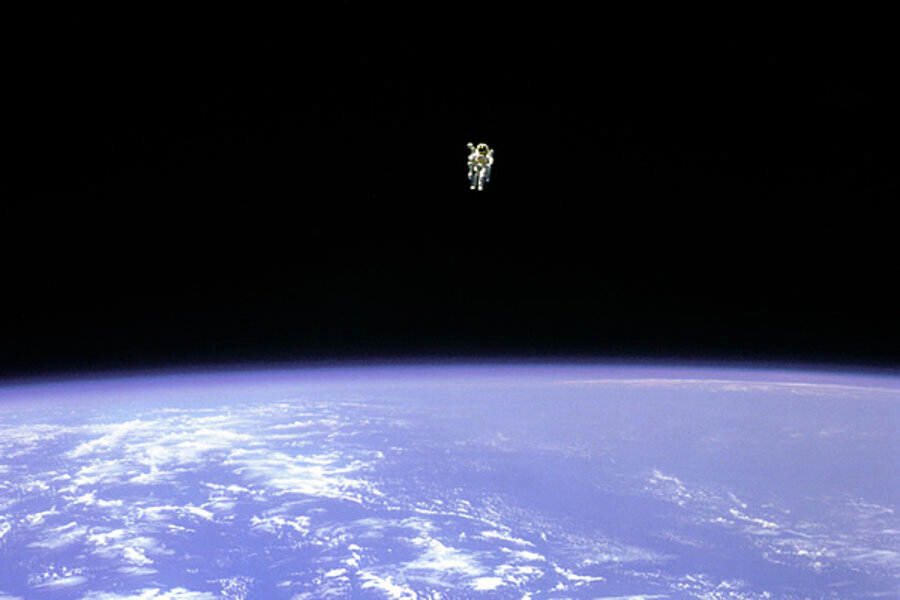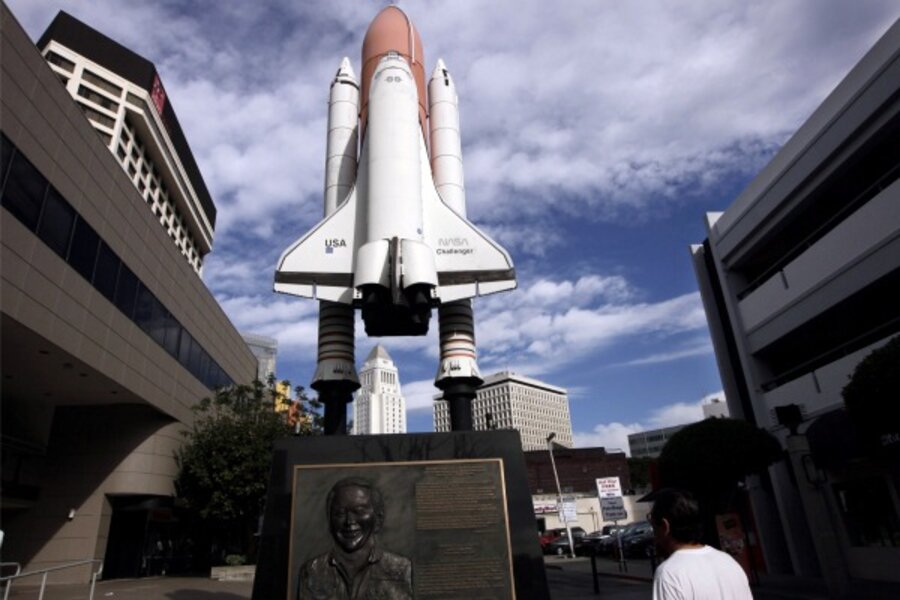Challenger crew members Bruce McCandless II and Robert Stewart made the first free spacewalks in 1984, using a jetpack-like device called the manned maneuvering unit. Though no longer in use, these units allowed astronauts greater freedom and maneuverability, freeing them from being tethered to the shuttle. In 1985, the crew used the manned maneuvering unit to repair a malfunctioning satellite, at a cost of $50 million. This was a bargain, considering replacing the satellite would have cost about $250 million.

NASA
At about 300 feet from the cargo bay of the space shuttle Challenger, Bruce McCandless II was farther out than anyone had ever been before. Guided by a Manned Maneuvering Unit (MMU), astronaut McCandless, pictured above, was floating free in space. McCandless and fellow NASA astronaut Robert Stewart were the first to experience such an 'untethered space walk' during Space Shuttle mission 41-B in 1984. The MMU works by shooting jets of nitrogen and has since been used to help deploy and retrieve satellites.





